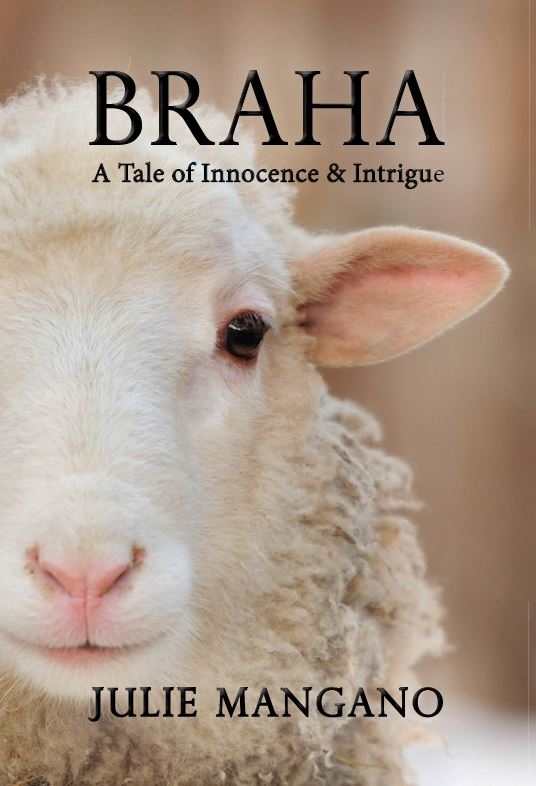Braha
A Tale of Innocence & Intrigue
Two narrators bring two tones to this mystery and weave together a strong whole.
Alternating between a present-day mystery in America and a glimpse of a Russia gone by, Braha: A Tale of Innocence & Intrigue is a dual narrative whose stories are separated by more than a century. Author Julie Mangano reaches into her own family’s past to create the novel’s historical aspects, spinning a tale of love and secrets.
In the eighteenth century, Catherine the Great enticed German farmers to settle in Russia. The German communities remained distinct from the Russians linguistically and culturally. Mangano is descended from such German settlers in Russia, as is her modern-day protagonist, Linden St. Clair. The contemporary side of the novel revolves around Linden trying to uncover the truth behind the death of her beloved grandfather, Franklin, a wealthy rancher in rural Somerville, California. The second story comes from the memoirs of Linden’s great-great-grandmother, Leena Lagerlöf, née Weiss, an ethnic German born in Russia, who fled in the last days of the czars. Both tales speak of lost loves and of truths dangerous and hidden. As each narrative unfolds, Leena and Franklin’s connection becomes clearer, merging in the end to a single, multigenerational tale of international intrigue.
Mangano’s written voice is a mellow one overall, with occasional humor and an easy exposition of detail in both the mystery and the history portions. Between the two narrators, Linden is almost unilaterally matter-of-fact. Lines such as this are typical: “After reading the journal and knowing how secretive my family had been for years, I now understood what must have happened.” Contrast this with Leena’s voice: “No doubt I was still going to hell, but before that journey began, I had to get through this lifetime.” One could say that Leena is the heart of the story and Linden is the head.
While both plot lines in Braha engage the reader, the passion, detail, and movement of Leena’s story make hers, in most instances, the stronger one. The mystery surrounding Franklin St. Clair moves rather slowly at first, with extraneous details weighing down the pace. The characters in the Russian story are also more fleshed out straightaway, and the stakes for them are always high; in the modern tale, there is not often a deep sense of urgency until much later in the narrative.
Rather unusual for either a mystery or a historical romance, the novel ends with the author sharing recipes attributed to characters. Also a little odd is the cover art, featuring a close-up of a lamb’s face, referencing a term of endearment used about halfway through the book. There’s no way a reader would know that, however, by looking at the cover.
Given the number of characters and locations, Mangano succeeds in presenting the crucial details in a clear manner. The author certainly could have written the novel entirely as a romantic history, as it contains not only vivid characters and intense emotion but also provides a fascinating look at an ethnicity not often discussed in fiction. That said, both stories are solid and merge to build a strong narrative.
Reviewed by
Jason Henninger
Disclosure: This article is not an endorsement, but a review. The publisher of this book provided free copies of the book and paid a small fee to have their book reviewed by a professional reviewer. Foreword Reviews and Clarion Reviews make no guarantee that the publisher will receive a positive review. Foreword Magazine, Inc. is disclosing this in accordance with the Federal Trade Commission’s 16 CFR, Part 255.

